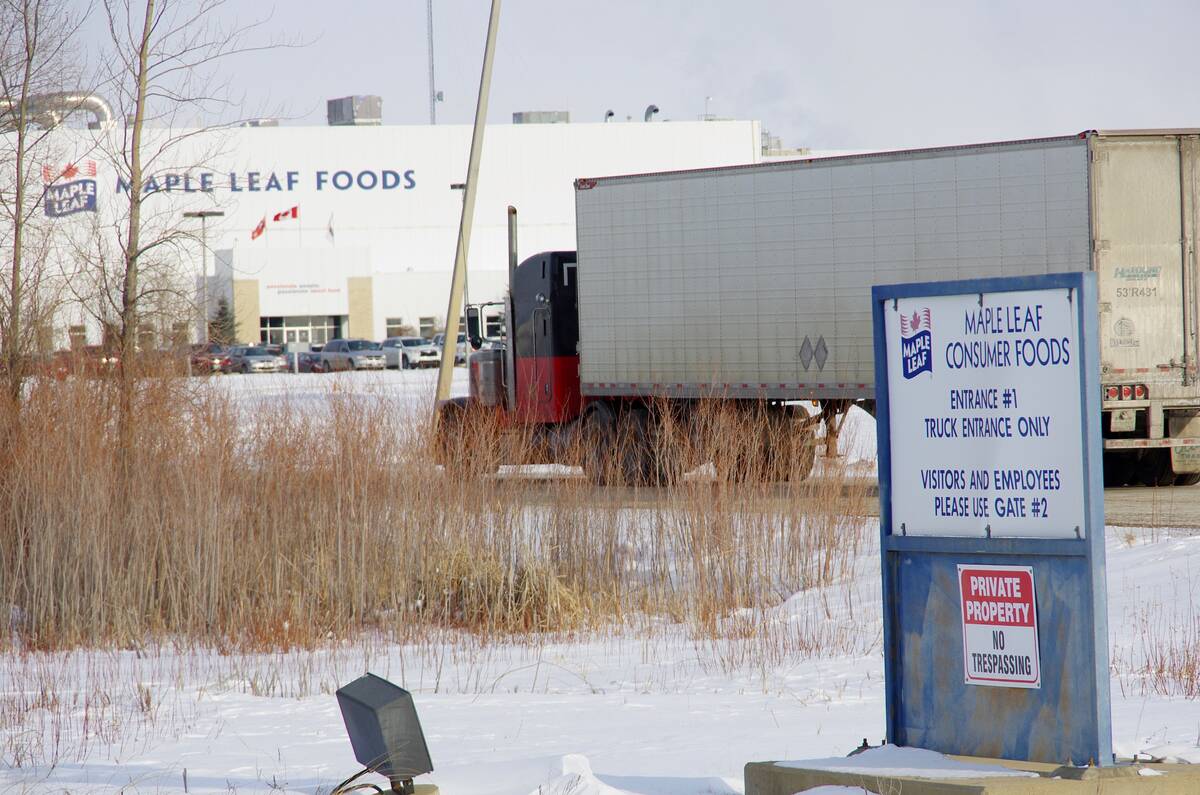Farmers in north are early adapters
Robert Stevenson can’t understand why more producers haven’t switched to midge tolerant wheat varieties.
The technology protects a farmer’s wheat crop from a potential midge outbreak, and the yield potential is as good or better than other spring wheat varieties in Western Canada.
“I’m surprised that there hasn’t been more uptake on them,” said Stevenson, who has grown midge tolerant wheat for several years on his farm near Kenton, Man.
However, he said producer attitudes toward midge tolerant wheat may change rapidly if conditions are ripe for midge in Manitoba this summer.
Read Also

Manitoba pork exports gain new market ground
Manitoba’s pork trade pivoted from China over the last five years, while Japan is remains the largest customer and South Korea and Mexico market footholds have grown
“As soon as we get a bad year for midge, anyone that grows them is going to look really smart and there will be lots more uptake.”
Despite slow adoption in some parts of the Prairies, western Canadian wheat growers as a whole have bought into midge tolerant wheat since the technology became commercially available in 2010.
Todd Hyra, Secan’s business manager for Western Canada, said Unity VB was the third most popular spring wheat variety on the Prairies last year, after Harvest and Lillian. Harvest had 17.6 percent of seeded acreage, Lillian had 17.4 percent and Unity had 6.6 percent.
Hyra said most of the early adopters of midge tolerant wheat farm in northern Saskatchewan, where growers are all too familiar with the insect.
“The uptake has been good, especially in areas that have had past track records with midge,” he said.
“Melfort, Tisdale, through there, they’ve had years where they really couldn’t grow wheat … because they couldn’t manage the pest.”
Stevenson said growers in Manitoba, southern Saskatchewan and Alberta have been more reluctant to jump on the bandwagon, possibly because midge pressure has been minimal in recent years.
“The midge has been at the low end of its cycle the last four years.”
However, Stevenson said he has noticed a difference between midge tolerant varieties and other varieties even with minimal pressure. The midge tolerant varieties haven’t been downgraded at the elevator, while he has seen midge damage on his other wheat.
Mark Keating, who farms near Russell, Man., is also sold on midge tolerant wheat.
He estimates a five percent yield loss even in years with light midge pressure.
“I think that the yield difference is too great too ignore,” he said.
“Thirty percent of my wheat crop in 2011 was midge tolerant. In 2012, I plan to increase that to 70 percent.”
Stevenson said midge tolerant varieties give him peace of mind during the growing season.
“You don’t even have to consider spraying. You don’t have to be out scouting your fields in the evening when the mosquitoes are out.”
One factor working against midge tolerant wheat is a stewardship agreement. Growers must agree to limit the use of saved seed to one generation past certified seed. Midge tolerant wheat uses an interspersed refuge, where midge tolerant seed is mixed with susceptible seed in a 9:1 ratio.
According to www.midgetolerantwheat.ca, a website promoting the technology, producers need to follow the agreement and preserve the 9:1 ratio to extend the life of midge tolerance from years to decades.















